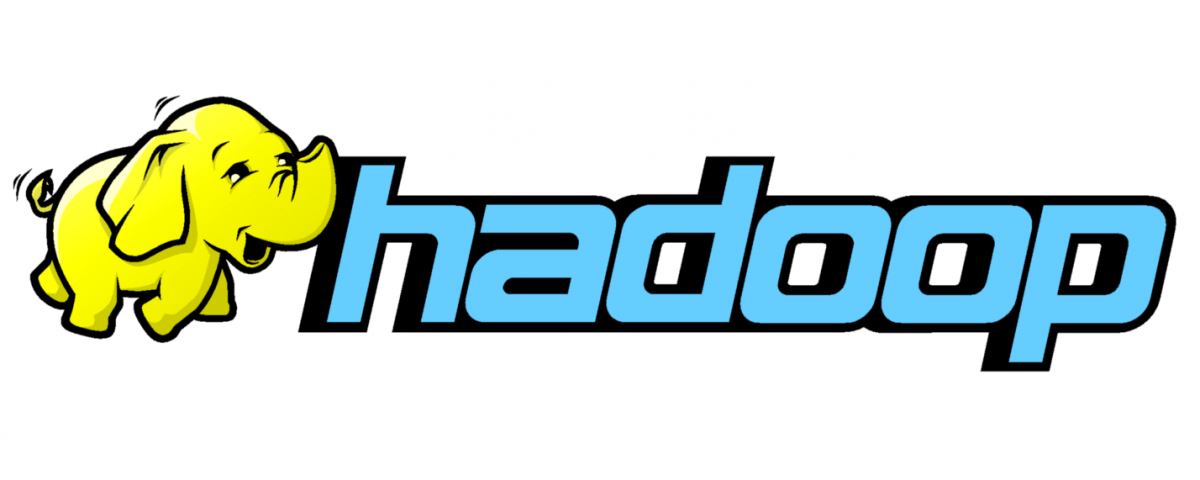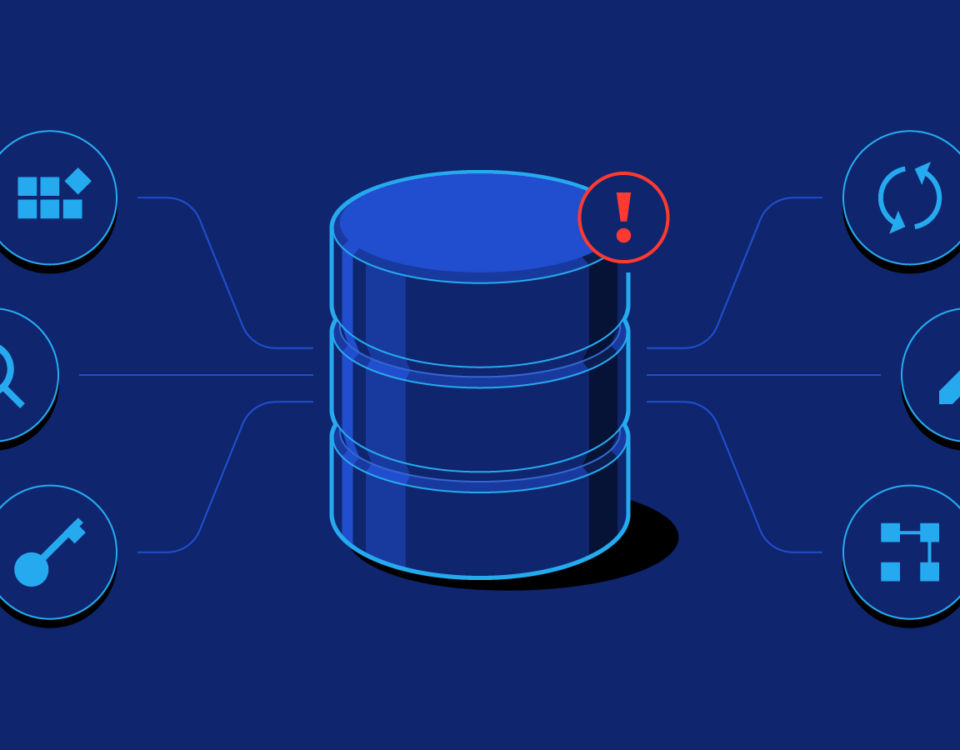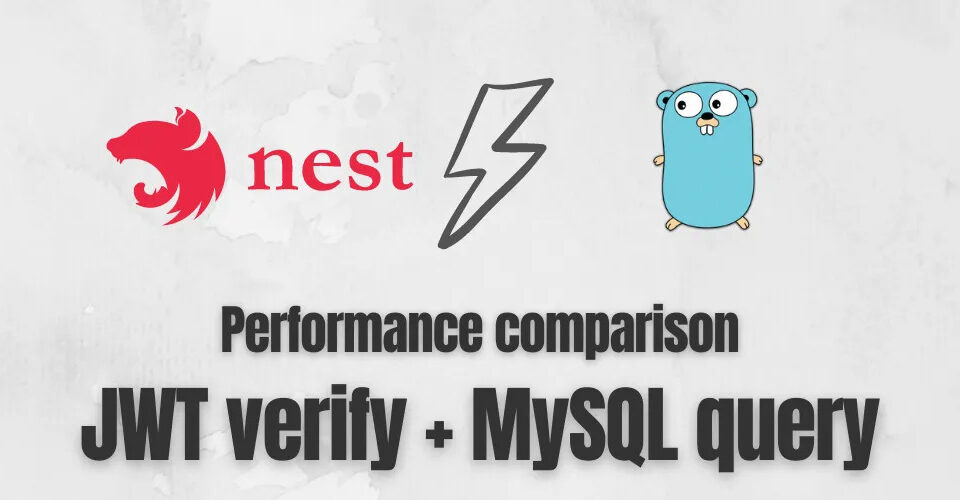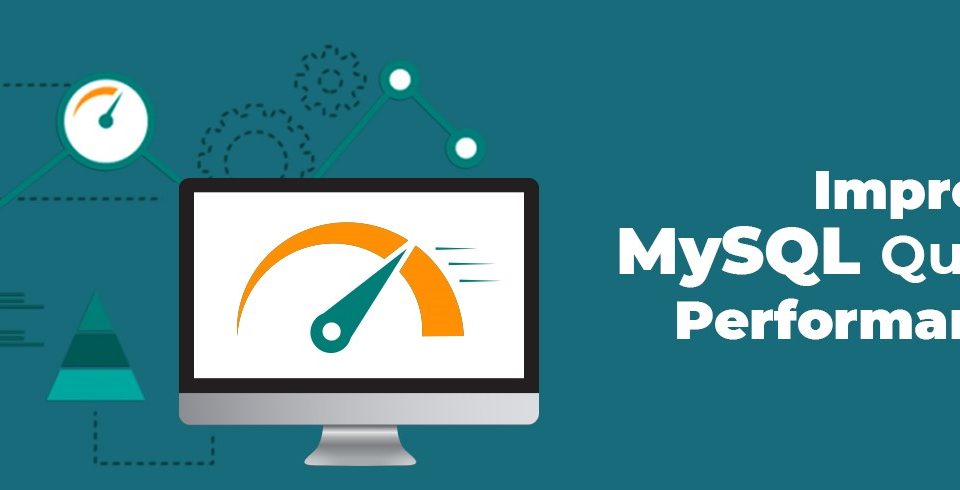Haddop-Tool For Bigdata

WWW-(World Wide Web)
12th March 2019
Flutter
15th March 2019What Is Hadoop ?
As We See In Introduction Of Big-Data, There We Introduce A Word Hadoop So now Let’s Go And Learn More About This Tool. If You Don’t Know What Is Big Data So Don’t Worry ? Click Here To Know About Big Data.
Hadoop is an open-source distributed processing framework. It manages data-processing and storage for big-data applications running in clustered systems.
Center of growing ecosystem of big-data technologies that primarily used to support advanced analytics initiatives, including predictive-analytics, data-mining & machine-learning applications.
Hadoop can handle various forms of structured and unstructured-data. Giving users more flexibility for collecting, processing and analyzing-data than relational-databases and data-warehouses provide.
It Is Formally known as Apache Hadoop, Apache Software Foundation (ASF) developed the technology as part of an open source project within the Commercial distributions of Hadoop.
Currently offered by four primary vendors of big-data platforms :
Amazon Web Services (AWS), Cloudera, Hortonworks and MapR Technologies. In addition, Google, Microsoft and other vendors offer cloud-based managed services that are built on top of Hadoop and related technologies.
Hadoop Tool and Big-Data
Hadoop runs on clusters of commodity servers & can scale up to support thousands of hardware nodes & massive amounts of data.
It uses a namesake distributed file system. It designed to provide rapid data access across the nodes in a cluster, Plus fault-tolerant capabilities so applications can continue to run if individual nodes fail.
Consequently, Hadoop became a foundational data management platform for big data analytics uses after it emerged in the mid-2000s.
Computer scientists Doug Cutting and Mike Cafarella created Hadoop .
initially to support processing in the Nutch open source search engine and web crawler.
After Google published technical papers detailing its Google File System (GFS) & Map-Reduce-programming framework in 2003 and 2004.
respectively, Cutting and Cafarella modified earlier technology plans and developed a Java-based Map-Reduce implementation & a file system modeled on Google’s.
In early 2006, those elements were split off from Nutch and became a separate Apache subproject, which Cutting named Hadoop after his son’s stuffed elephant.
Internet services company Yahoo hired Cutting At the same time, , which became the first production user of Hadoop later in 2006. (Cafarella, then a graduate student, went on to become a university professor.)
Use of the framework grew over the next few years, and three independent Hadoop vendors founded: Cloudera in 2008, MapR a year later and Hortonworks as a Yahoo spinoff in 2011. In addition, AWS launched a Hadoop cloud service called Elastic MapReduce in 2009.
Apache released Hadoop 1.0.0 before All Of That, It’s available in December 2011 after a succession of 0.x releases.
Components Of Hadoop Tool
Hadoop Common –
the libraries and utilities used by other Hadoop modules.
Hadoop Distributed File System (HDFS) –
the Java-based scalable system that stores data across multiple machines without prior organization.
YARN –
(Yet Another Resource Negotiator) provides resource management for the processes running on Hadoop.
MapReduce –
a parallel processing software framework. It has comprised of two steps. Map step is a master node that takes inputs & partitions them into smaller sub-problems & then distributes them to worker nodes.
After the map step has taken place, the master node takes the answers to all of the sub-problems and combines them to produce output.
Hadoop Tool Applications
Hadoop is primarily geared to analytics uses, & its ability to process & store different types of data makes it a particularly good fit for big-data analytics applications.
Big-data environments typically involve not only large amounts of data. It also various kinds, from structured transaction data to semi-structured & unstructured forms of information.
Such as internet clickstream records, web server & mobile application logs, social media posts, customer emails & sensor data from the internet of things (IoT).
A common use case for Hadoop-based big-data systems is customer analytics. Examples include efforts to predict customer churn, analyze clickstream data to better target online ads to web users & track customer sentiment based on comments about a company on social networks. Insurers use Hadoop for applications such as analyzing policy pricing and managing safe driver discount programs. Healthcare organizations look for ways to improve treatments and patient outcomes with Hadoop’s aid.
YARN greatly expanded the applications that Hadoop clusters can handle to include stream processing & real-time analytics applications run in tandem with processing engines, like Apache Spark and Apache Flink.
Some manufacturers are using real-time data that’s streaming into Hadoop in predictive maintenance applications, to try to detect All Exceptions.
Fraud detection, website personalization and customer experience scoring are other real-time use cases.
Because Hadoop can process & store such a wide assortment of data, it enables organizations to set up data lakes as expansive reservoirs for incoming streams of information.
raw data often stored In a Hadoop data lake, as is so data scientists & other analysts can access the full data sets & filtered by analytics or IT teams as needed to support other applications.
Data lakes generally serve different purposes than traditional data warehouses that hold cleansed sets of transaction data. But, in some cases, companies view their Hadoop data lakes as modern-day data warehouses.
The Growing role of big-data analytics in business decision-making has made effective Data-governance &Data-security processes a priority in data-lake deployments.





